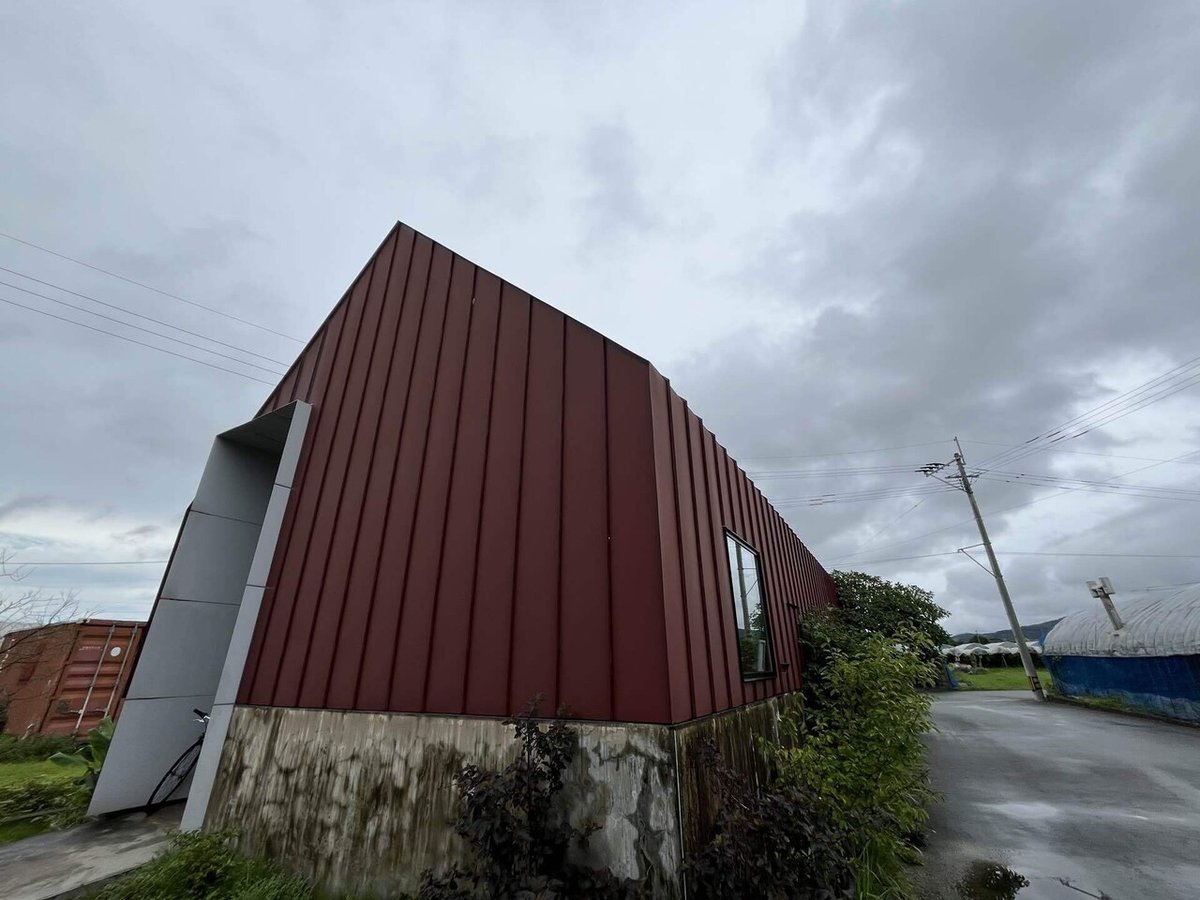
Summer Memories: Sparklers (English translation)
When you think of summer, fireworks come to mind.
Recently, there are fewer places to casually set off fireworks in parks and other places, which can be a little sad,
but when I found out that there are workshops where you can actually make and experience sparklers, I thought I'd like to try it,
so I decided to participate in a workshop at Tsutsui Tokimasa's Toy Fireworks Factory and make some sparklers (hand-held fireworks) to enjoy the summer.
Tsutsui Tokimasa's Toy Fireworks Factory
We have been manufacturing toy fireworks for children for about 90 years, and our history dates back to 1929.
The only sparkler manufacturer in Japan (Yame City, Fukuoka Prefecture) closed down in 1999, and sparklers in Japan were destined to disappear.
However, third-generation owner Tsutsui Ryota wanted to inherit the manufacturing techniques for sparklers, so he trained at the manufacturer and took over when the manufacturer closed down.
We have continued to protect the traditional light in Takada-cho, Miyama City, Fukuoka Prefecture (formerly Takada-cho, Miike County) to this day.





Tsutsui Fireworks Factory also offers workshops where you can experience the process of making sparklers, as well as workshops where you can use the "Ekaki Hanabi" product for children to draw pictures on the wrapping paper of fireworks.


The life of a sparkler is very dynamic, changing and disappearing rapidly.
Bud → Peony → Pine needles → Falling chrysanthemum

Unlike other fireworks, they are not as powerful or flashy, but they are fascinating in that they express the life cycle of a firework so delicately.
Nagate Peony and Subote Peony
Nagate Peony is a type of sparkler that spread from Kanto to the whole country, and is enjoyed with the sparks pointing downwards.
Many people are probably familiar with Nagate Peony.
Subote Peony is a sparkler that became the prototype of toy fireworks, and can be seen mainly in Western Japan (Kyushu).
Apparently it is now difficult to secure the straw for the handle, and it is difficult to secure the material.
There is a trick to holding it, and if you hold it correctly, the sparkler ball will not fall easily, and you can enjoy it for a long time.
How to hold Subote sparkler
Light it and hold it with the gunpowder side pointing diagonally upwards.

How to hold a sparkler "long-handed"
Hold the sparkler at an angle of about 45 degrees with the powder end pointing down.


Nagate peony and Subote peony have different ignition principles.
Nagate peony allows the fireworks to last longer by not exposing them to wind,
Subote peony allows the fireworks to last longer by exposing them to wind.
Nagate peony causes the washi paper on the buds to burn when exposed to the wind, causing fireballs to fall.
Workshop
This time, we will make a sparkler that changes like this.
If you fail, the flames will spread all the way to the handle of the firework and you will get burned.
The process is roughly explained below, but it is better to experience it for yourself.
After putting the specified amount of gunpowder into the washi paper, carefully twist it and stretch it out to make a sparkler.
It is very difficult to get the right amount of force when twisting with your right and left hands, and it will not be as neat as the commercially available ones.
This technique will determine whether the sparkler is good or bad.
The materials for sparklers are
black gunpowder, colorful washi paper, and a tool to put the gunpowder in.
Gunpowder: pine smoke from Miyazaki
Washi paper: vegetable dyed Tesuki Washi paper from Yame City, Fukuoka Prefecture
Sparklers have a long shelf life, lasting up to 20 years.


The colors are colorful all the way up to the handle.
The photos below are the sparklers we made at the beginning and end of the 45-minute session.

Below: The last sparkler I made.
The key is to make sure the white washi paper is not visible when twisting from the handle to the tip of the firework.
You can see that the first one is a failure because the white part becomes visible halfway through. The most difficult part is twisting the washi paper with the perfect amount of force in your right and left hands.
I knew this, but the workshop was only 45 minutes long, and there just wasn't enough time.

I'll try it with the first and last sparklers.

So, how good are you?
The first sparkler I made was a bad example, as the fire spread all the way to my hand and I nearly got burned.
It's shocked and panic when the sparkler doesn't turn into a sparkler and starts burning all the way to your hand.
How about the last one?

The only place where domestically produced sparklers are made these days is Tsutsui Tokimasa Toy Fireworks Factory.
In a previous note, I wrote about how these sparklers were available at the toy store "Chris" in Kobe city.
The fireworks we make will last for about 20 years, so it feels cool to make sparklers as an annual routine.
The sparkler-making workshop was a great summer memory.
Thank you for reading to the end.
よろしければサポートをお願いします。 頂いたサポートは今後の活動の糧とさせていただきます!!
